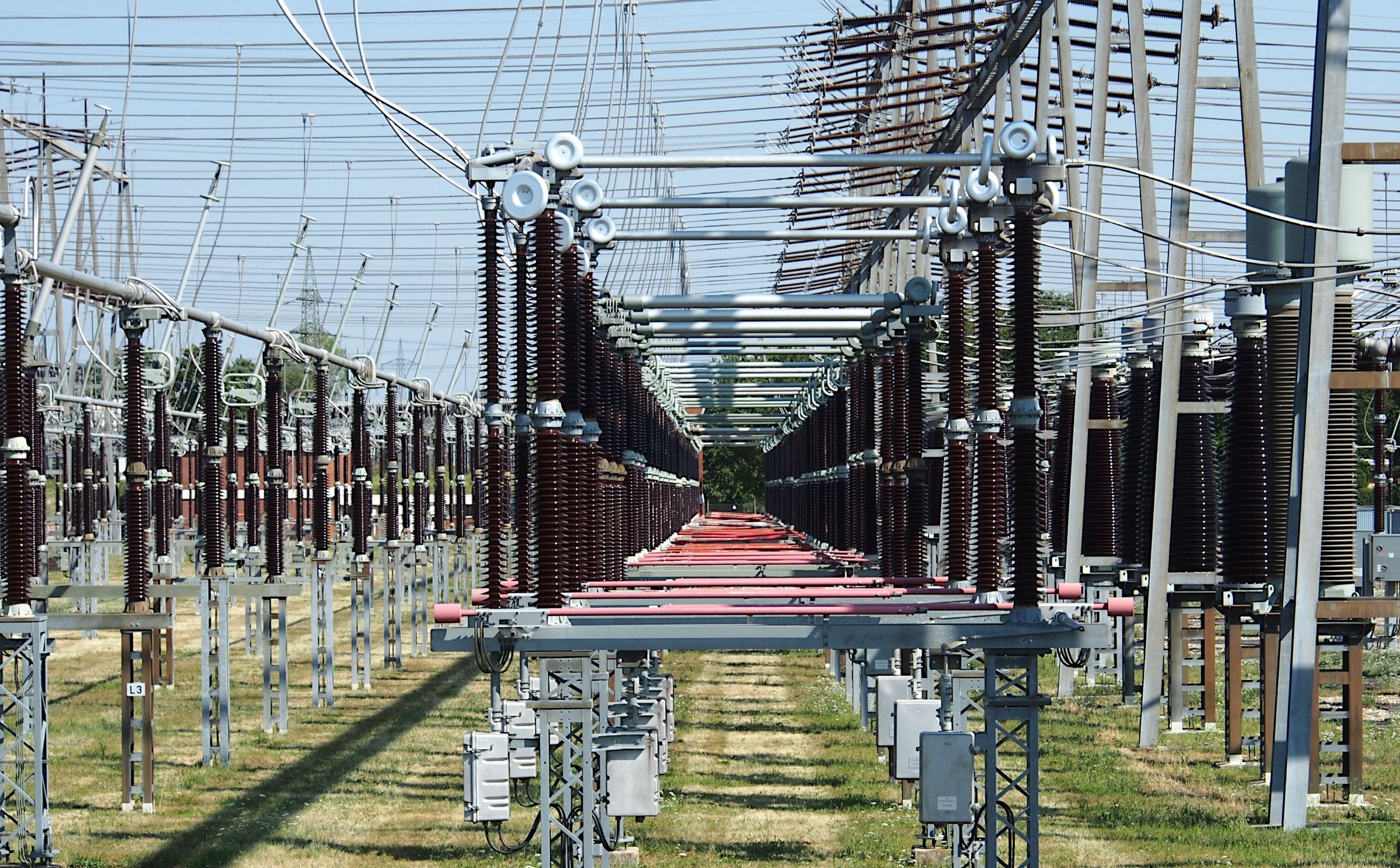EFFECTS OF CORROSION ON THE MECHANICAL PROPERTIES OF STEEL BARS
Keywords:
Yield strength, tensile strength, ultimate strength, percentage elongation, and nominal diameterAbstract
Corrosion is the basic problem of deteriorating all steel structures due to environmental conditions and chemical reactions. This leads structures to failures, which have significant economic losses and negative environmental effects. This study aims to investigate the effects of corrosion on the mechanical properties of steel bars. A comparative experimental design is used, which has seven steps, including problem definition, parameter identification, sample preparation, data collection, data analysis, results, and conclusion. This experimental design analyzed data by comparing the mechanical properties of corroded steel bars to international standards such as the American Society of Testing and Materials (ASTM), the International Organization for Standardization (ISO), and Pakistani Standards (PS). Moreover, calculating the coefficient of variation of all parameters helps in data consistency and reliability. The results showed that corrosion has severe effects on the mechanical properties of steel by leading steel bars to degradation and increasing the risk of failure. Due to corrosion, the yield strength is decreased by 17.62%, the ultimate strength is reduced by 20.19%, the tensile strength is decreased by 27.52%, the percentage elongation is decreased by 15.76%, and the nominal diameter is decreased by 6.62%. This research highlights how mechanical properties are degraded due to corrosion, which undermines the structural integrity, safety, and durability of steel-reinforced structures.
















